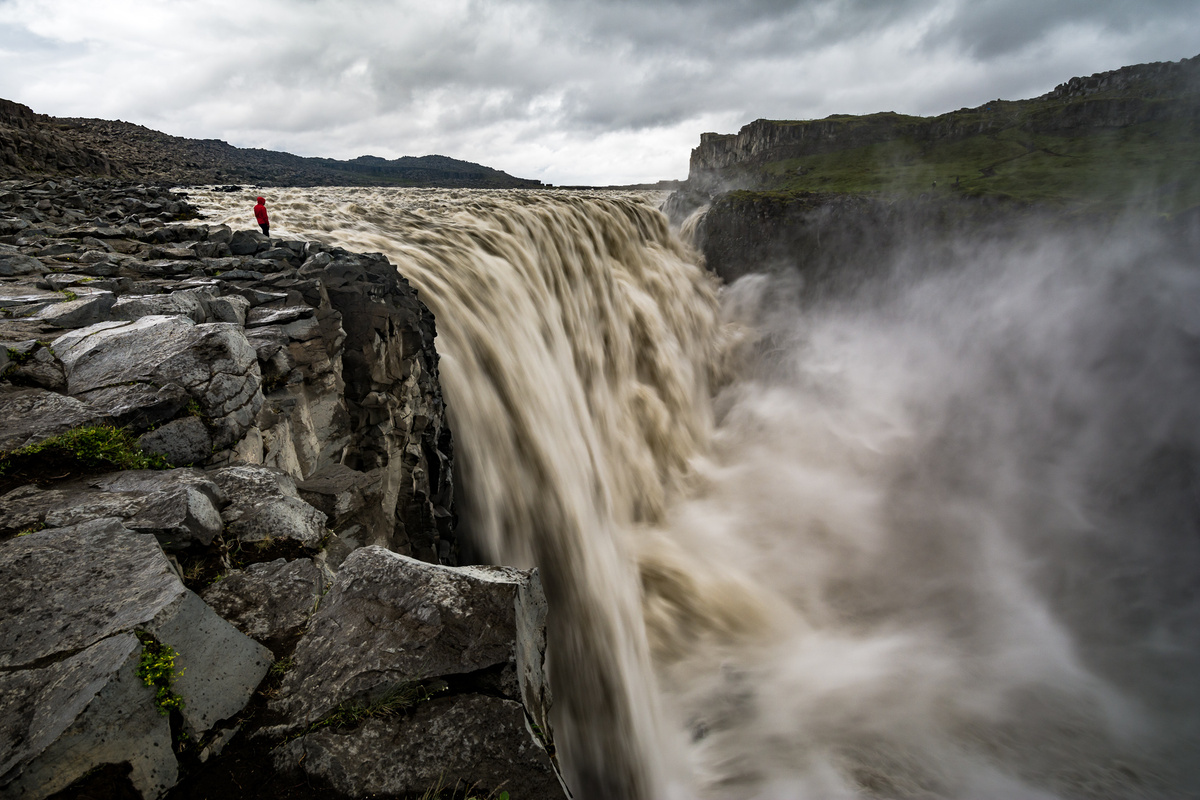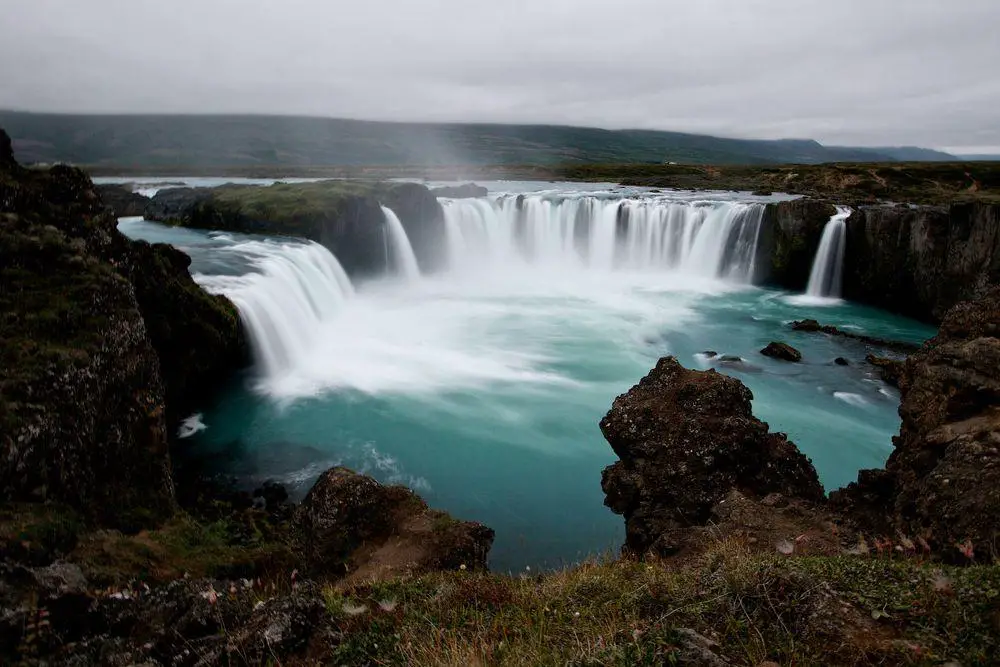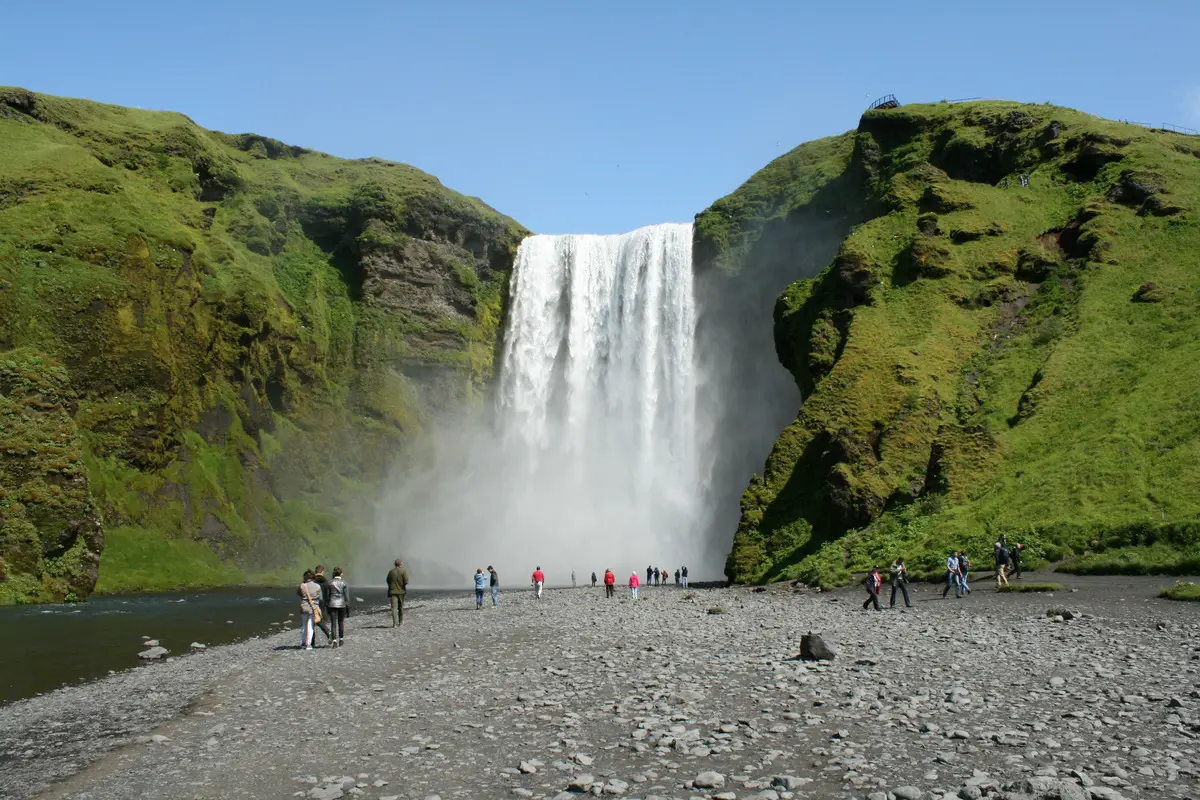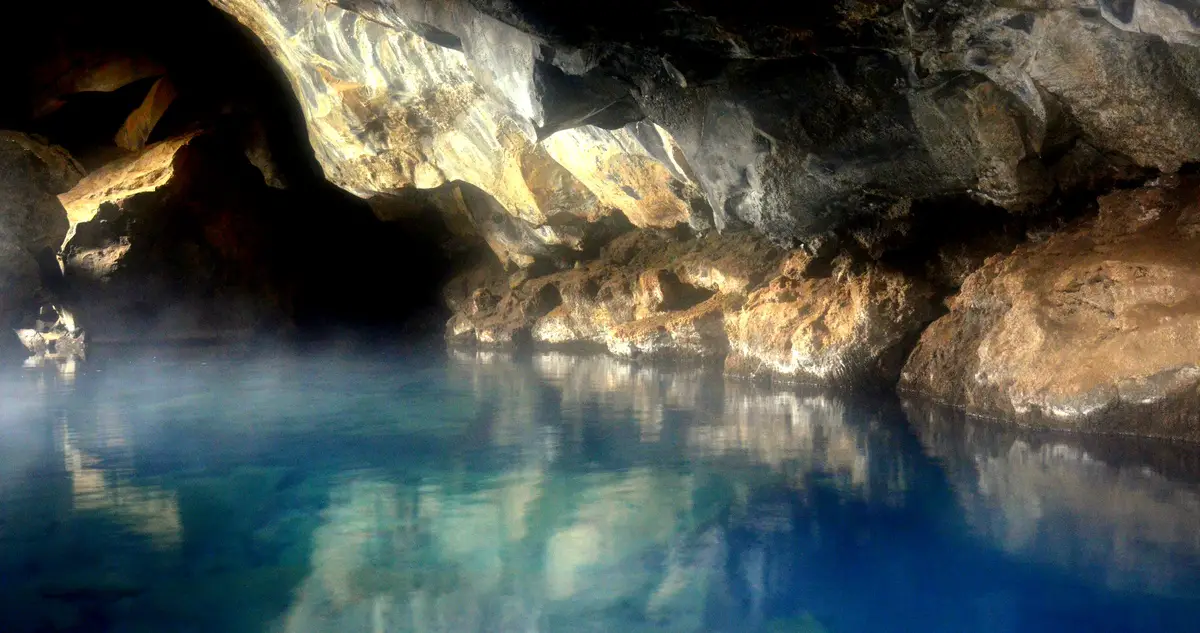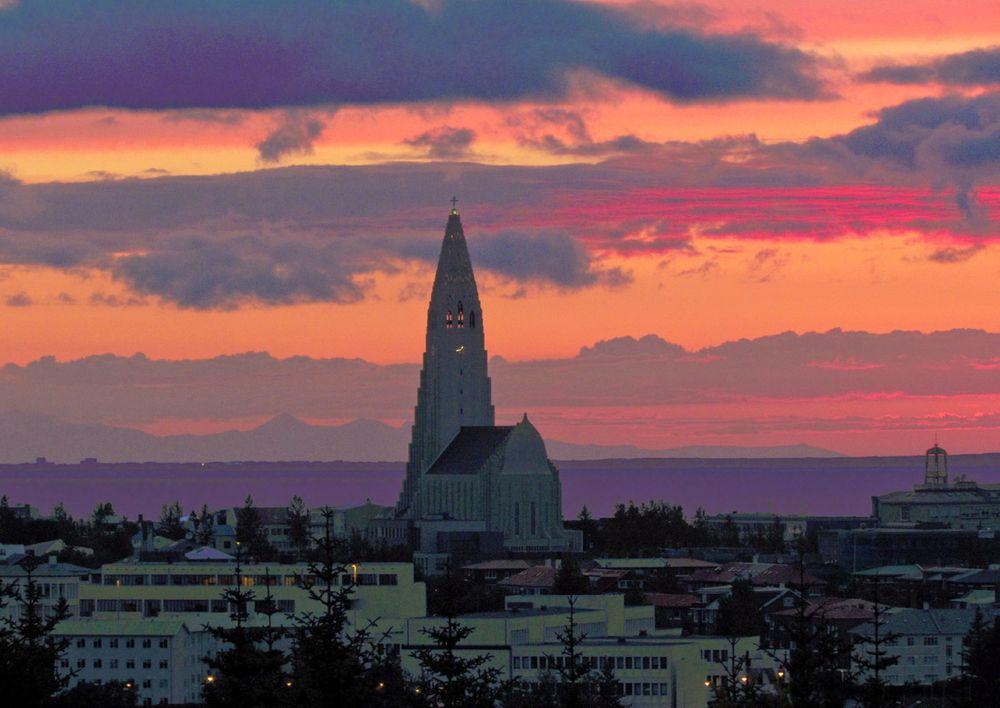Wondermondo 🢖 World 🢖 Wonders of Europe 🢖 Wonders of Iceland
Territory
Wonders of Iceland
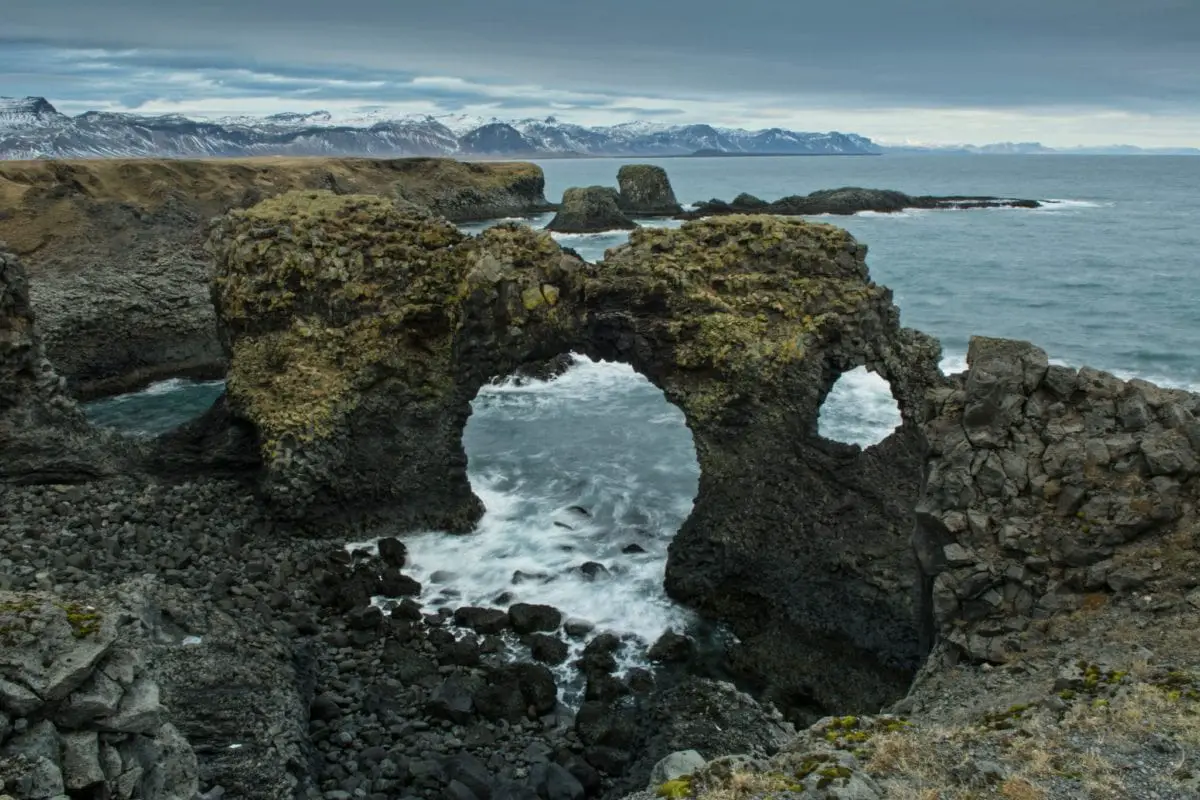
 Highlights
Highlights
Iceland is very rich with peculiar natural landmarks and the island contains also interesting cultural landmarks. The most amazing wonders of Iceland are:
- Waterfalls – Iceland is very rich with magnificent, large waterfalls. Some other European countries have taller waterfalls, but a multitude of Icelandic waterfalls are unsurpassed in their width, power, and visual impression. Several Icelandic waterfalls (Dettifoss, Gullfoss) belong to the most impressive falls in the world.
- Geysers and other geothermal features – the only true geysers of Europe are located in Iceland. Haukadalur geothermal area contains the two most famous geysers – Geysir and Strokkur, but there are several more beautiful and interesting geothermal fields in the country.
Map with the described wonders of Iceland
If you see this after your page is loaded completely, leafletJS files are missing.
 Top 25 wonders of Iceland
Top 25 wonders of Iceland
Geological wonders of Iceland
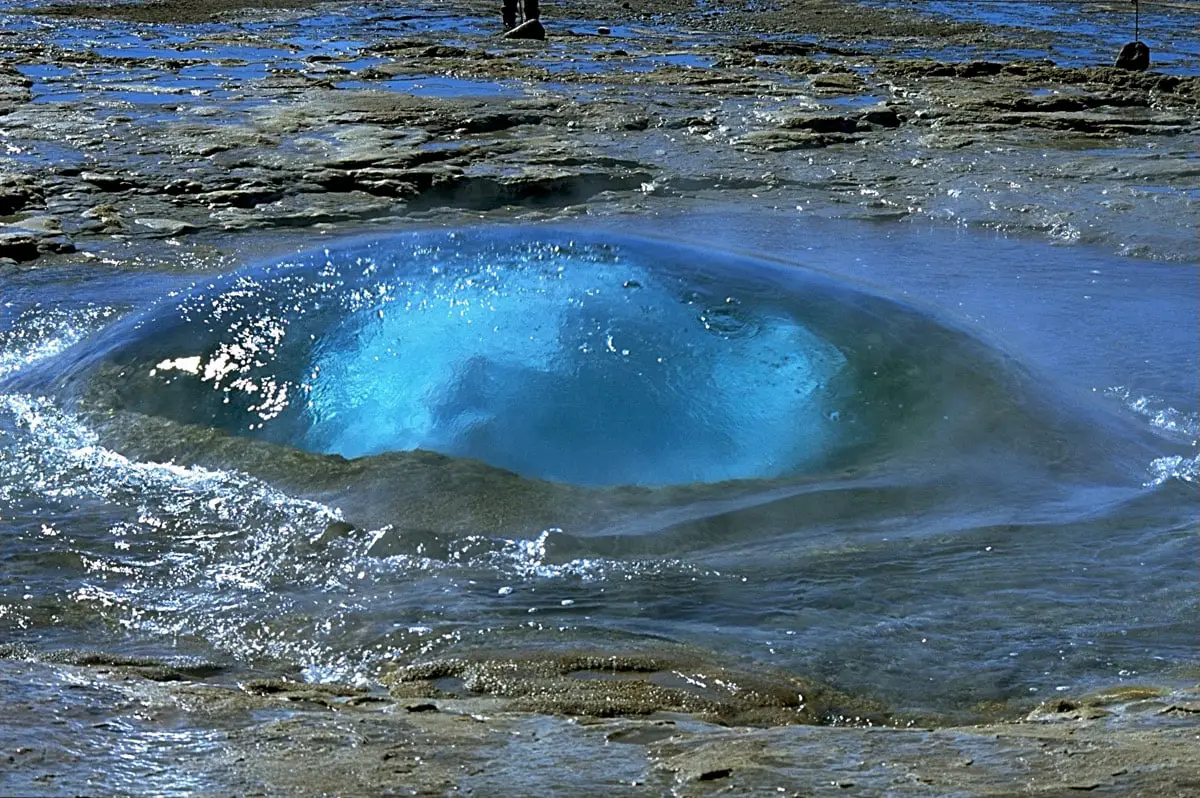
Haukadalur geothermal area
Suðurland
Two spectacular geysers – Geysir and Strokkur – are located close together. Geysir has given the name to the geological phenomenon of geysers. Geysir has been up to 100 m high in the past. Strokkur is very intense, erupting 25 – 35 m high every 4 – 8 minutes. In the area are some more geysers and hot springs.
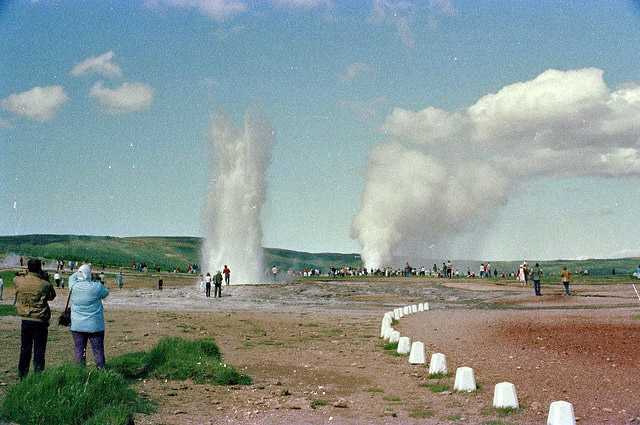
Geysir
Suðurland
Geysir has given the name to the geological phenomenon of geysers. Geysir has been up to 100 m high in the past.
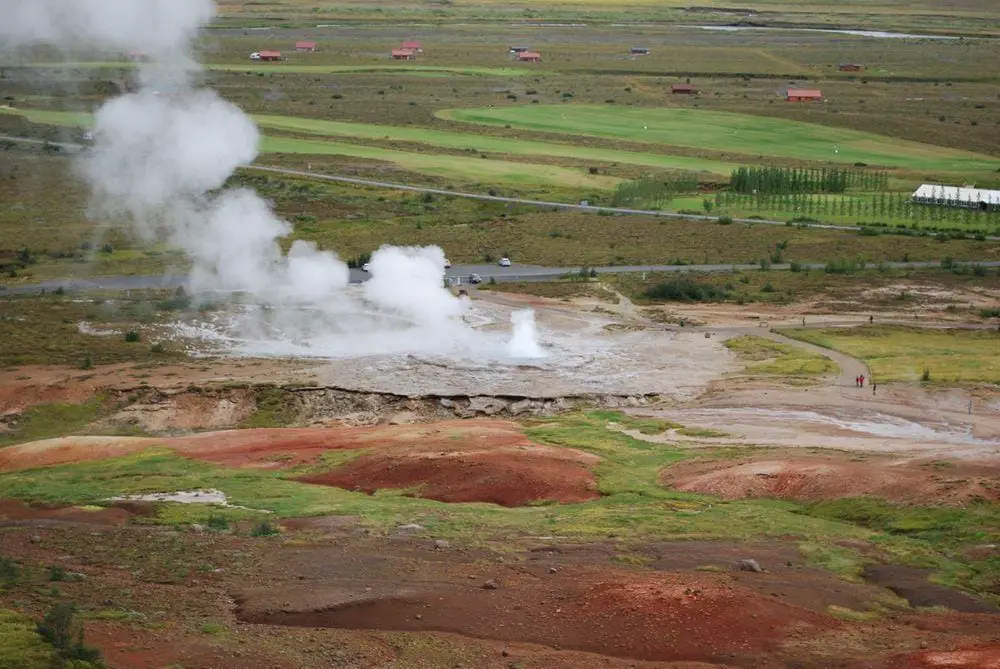
Gullfoss
Suðurland
One of the most spectacular waterfalls in Iceland and worldwide. Consists of two steps (11 m and 21 m tall), located at a right angle to each other.
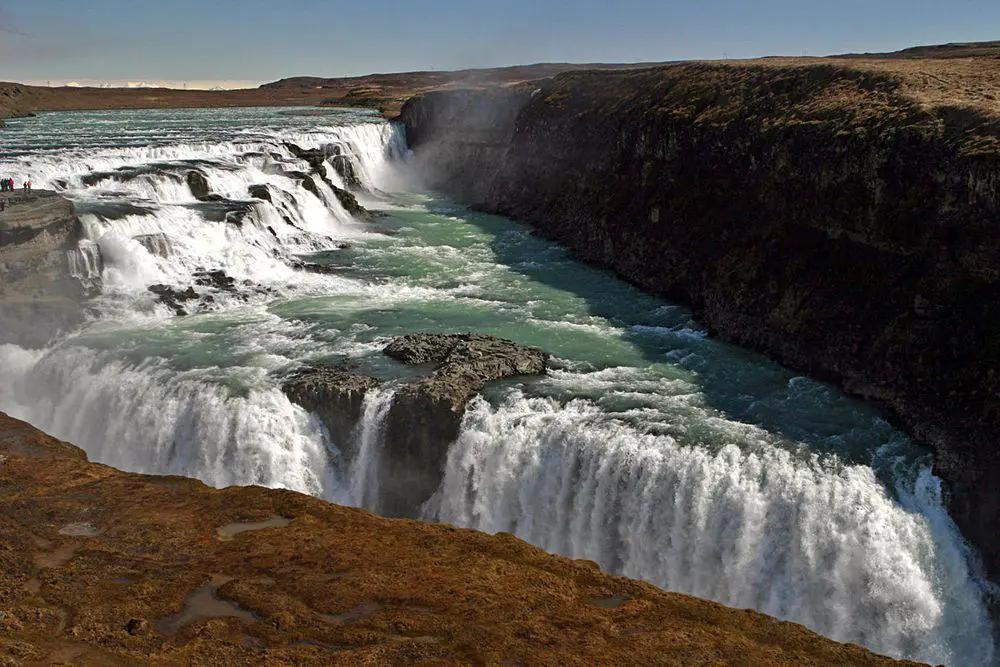
Surtsey
Suðurland
This volcanic island is very new: it rose from the ocean in 1963 – 1967. The island is pristine and serves as a natural laboratory where the colonization process of plant and animal life is researched. The area of the island is decreasing.
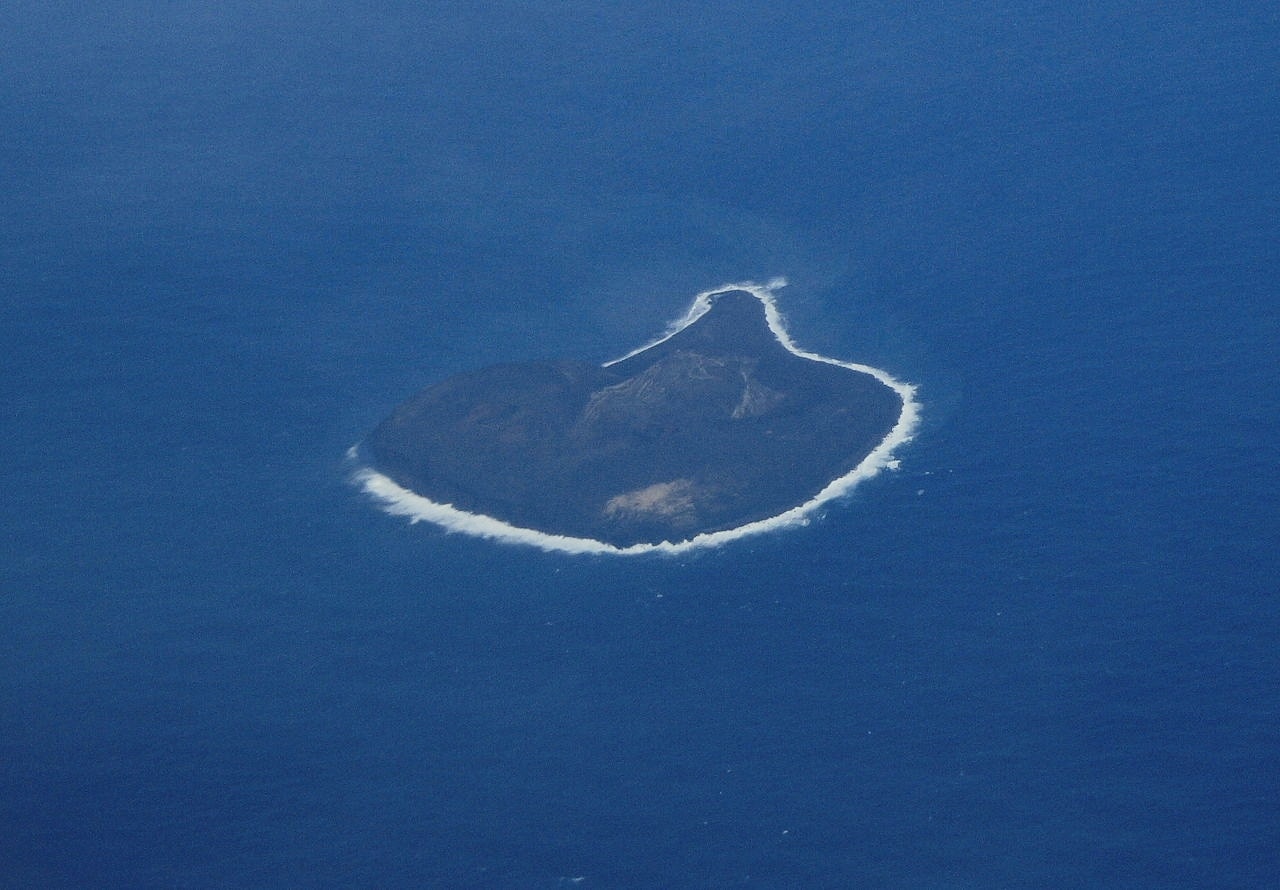
Dettifoss
Norðurland eystra
Magnificent waterfall, considered to be the most powerful in Europe. Falls are 45 m tall, and 100 m wide, with a single plunge. Average water flow – 193 m²/s. A bit upstream there is another giant waterfall – Selfoss. This waterfall is 11 m high, but it is very wide – the stream has shaped a long V-shaped cliff and water is falling down along more than 500 m long cliffs. Downstream from Dettifoss is Hafragilsfoss – 27 m tall and 91 m wide.
Svartifoss
Austurland
Unique waterfall – free falling, more than 20 m tall plunge in a valley adorned with basalt columns.
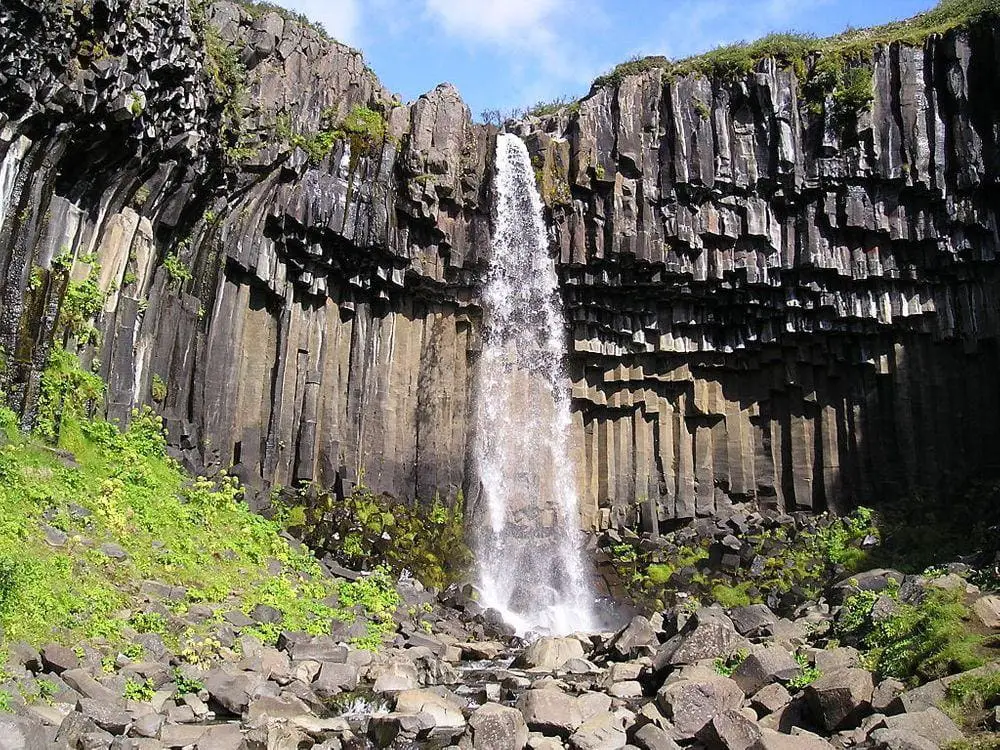
Hveravellir Geothermal Field
Norðurland vestra
Beautiful geothermal field and popular tourist destination. The area contains several notable hot springs and geysers, such as Gjósandi, Bræðrahver, Grænihver, Rauðihver, Öskurhóll, Fagrihver, and others. Here are at least six geysers.
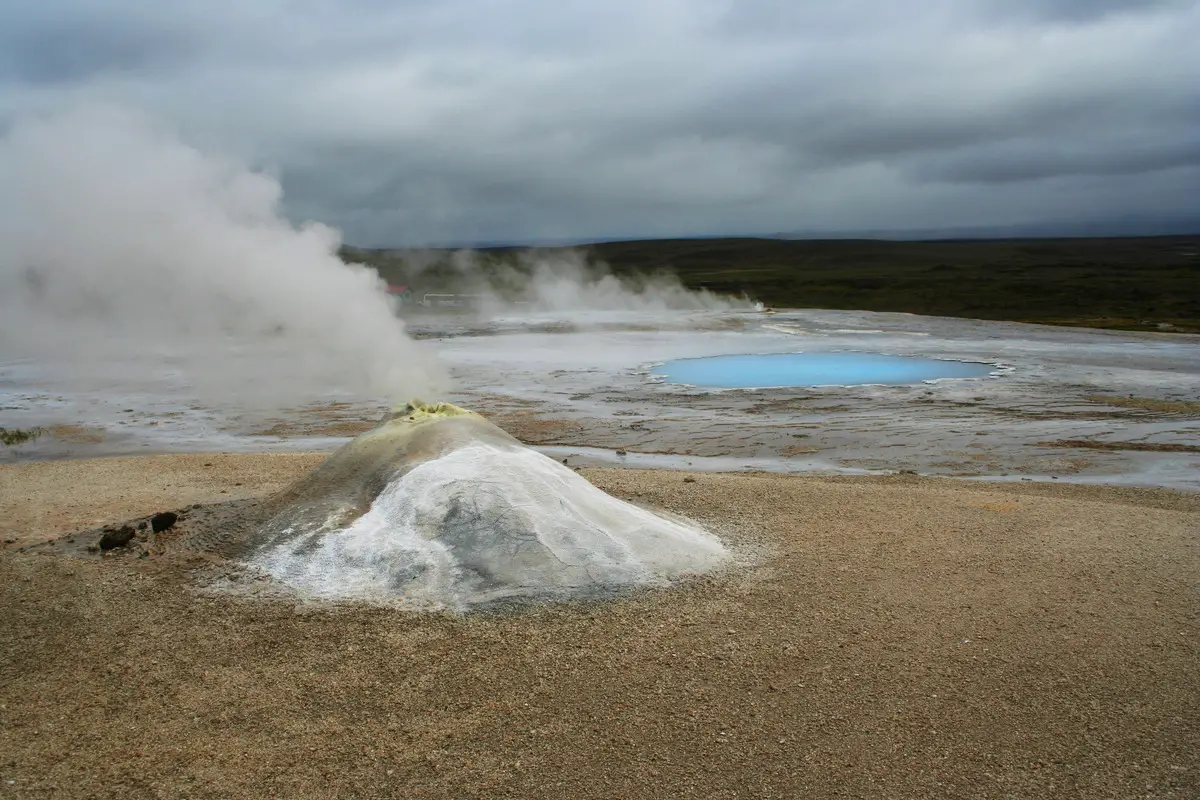
Hraunfossar
Vesturland
A very unusual, 900 meters wide waterfall. It emerges from under a lava field and falls directly into the Hvítá river.
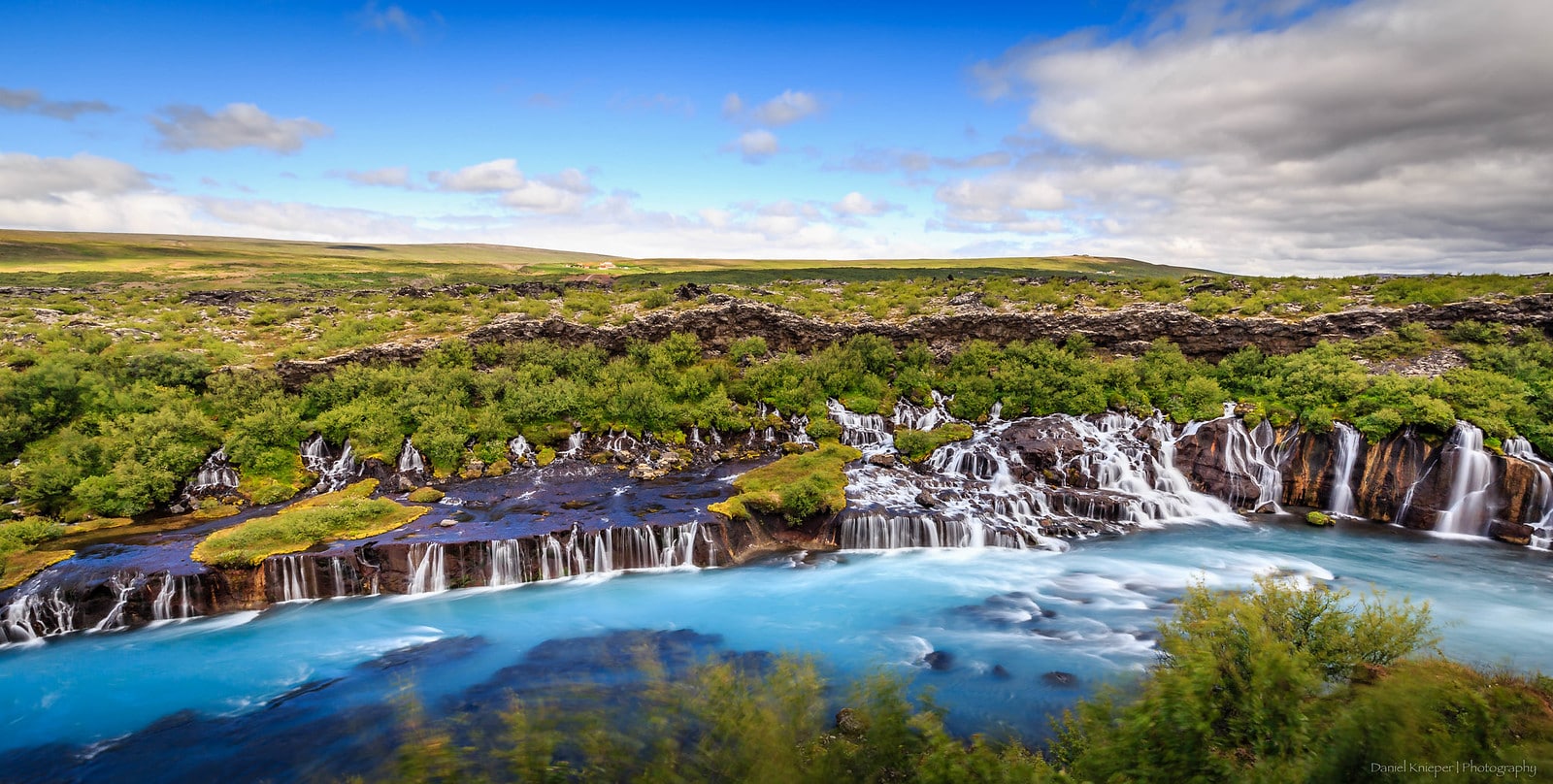
Gunnuhver geothermal area
Suðurnes
A geothermal field with mud pools and fumaroles, former geysers. A legend about a ghost that was dragged into the fumarole.
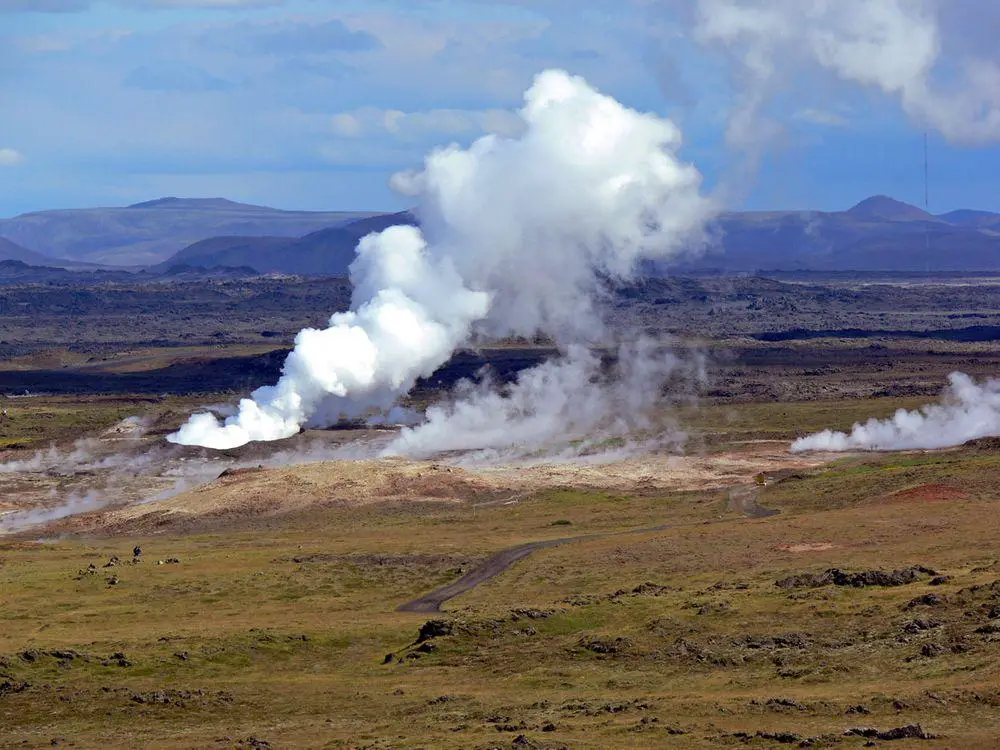
Krysuvik – Seltun geothermal area (Krýsuvík – Seltún)
Suðurnes
Spectacular geothermal fields right on the Mid-Atlantic ridge. Hot springs, solfataras, fumaroles, and colored soil.
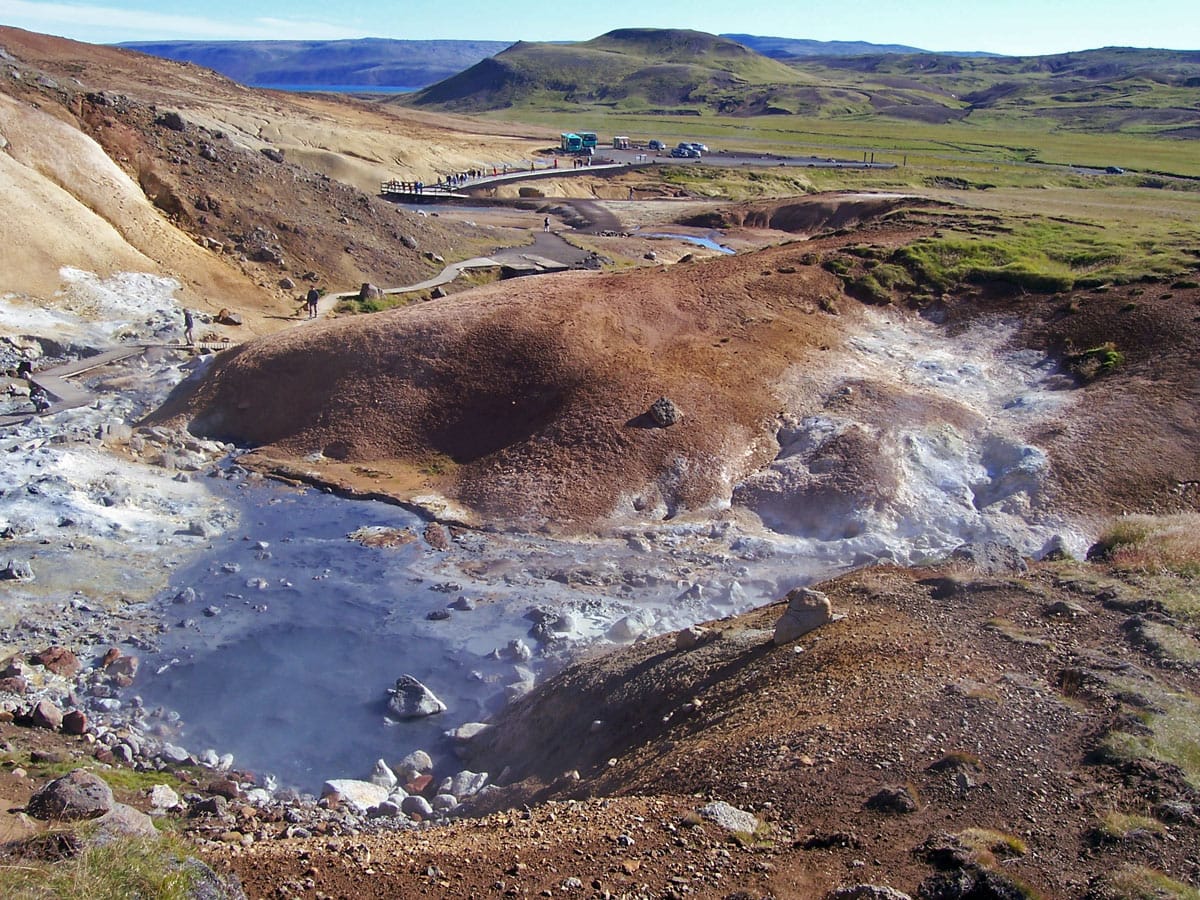
Ásbyrgi
Norðurland eystra
Unique canyon. When looking from the air, it reminds a tongue with approximately 100 m tall, vertical walls. In the middle of this tongue has remained a long, 25 m tall, narrow cliff named Eyjan. Ásbyrgi most likely has been formed by glacial flooding.
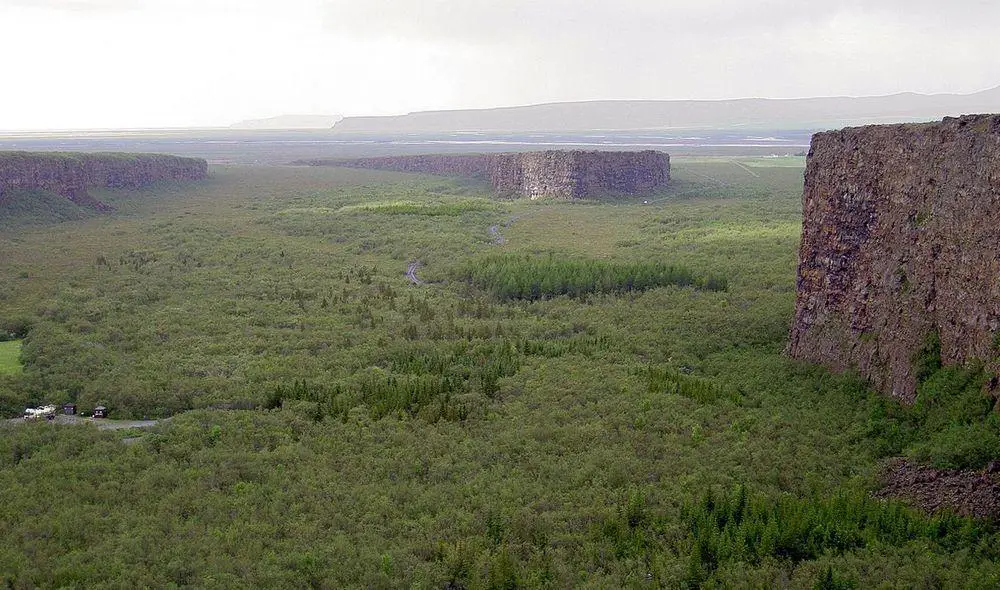
Goðafoss
Norðurland eystra
One of the most beautiful waterfalls in Iceland. Height – 12 m, width – 30 m.
Stórihver Geothermal Area
Suðurland
Impressive geothermal area in the picturesque mountains north of Mýrdalsjökull glacier. The large, blue pool of Stórihver is some 15 m wide. Several boiling springs. It is possible that some springs could be geysers.
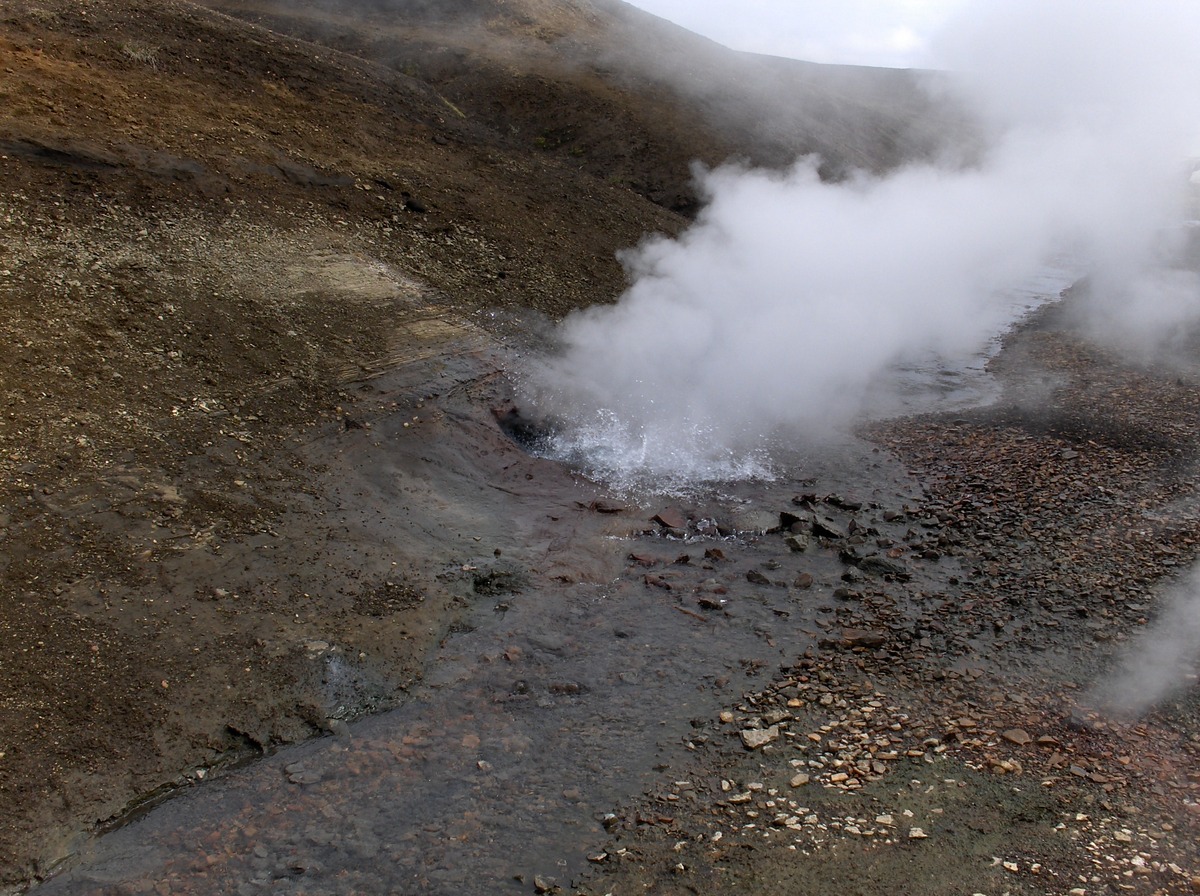
Ystihver and Hveravellir (Husavik) geothermal field
Norðurland eystra
The northernmost geyser in Iceland and the whole world is Ystihver – the only remaining geyser in Hveravellir geothermal field.
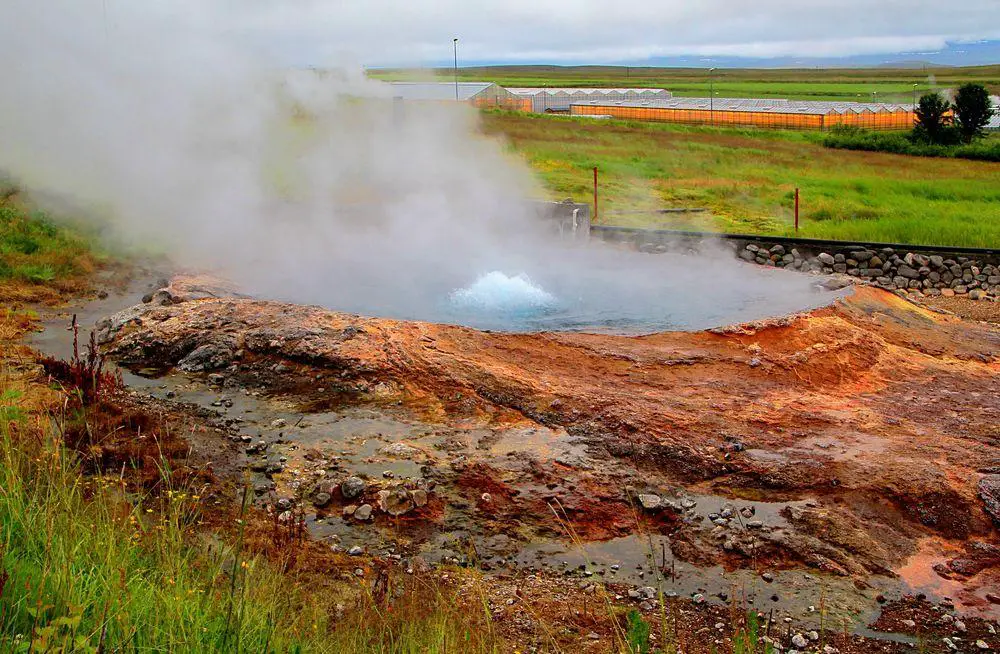
Skógafoss
Suðurland
One of the most impressive waterfalls in Iceland, 25 m wide and 60 m tall single plunge fall. In sunny weather here is seen a rainbow.
Glymur
Vesturland
The second tallest waterfall in Iceland, 198 m tall. The waterfall is falling into a green, moss-covered canyon.
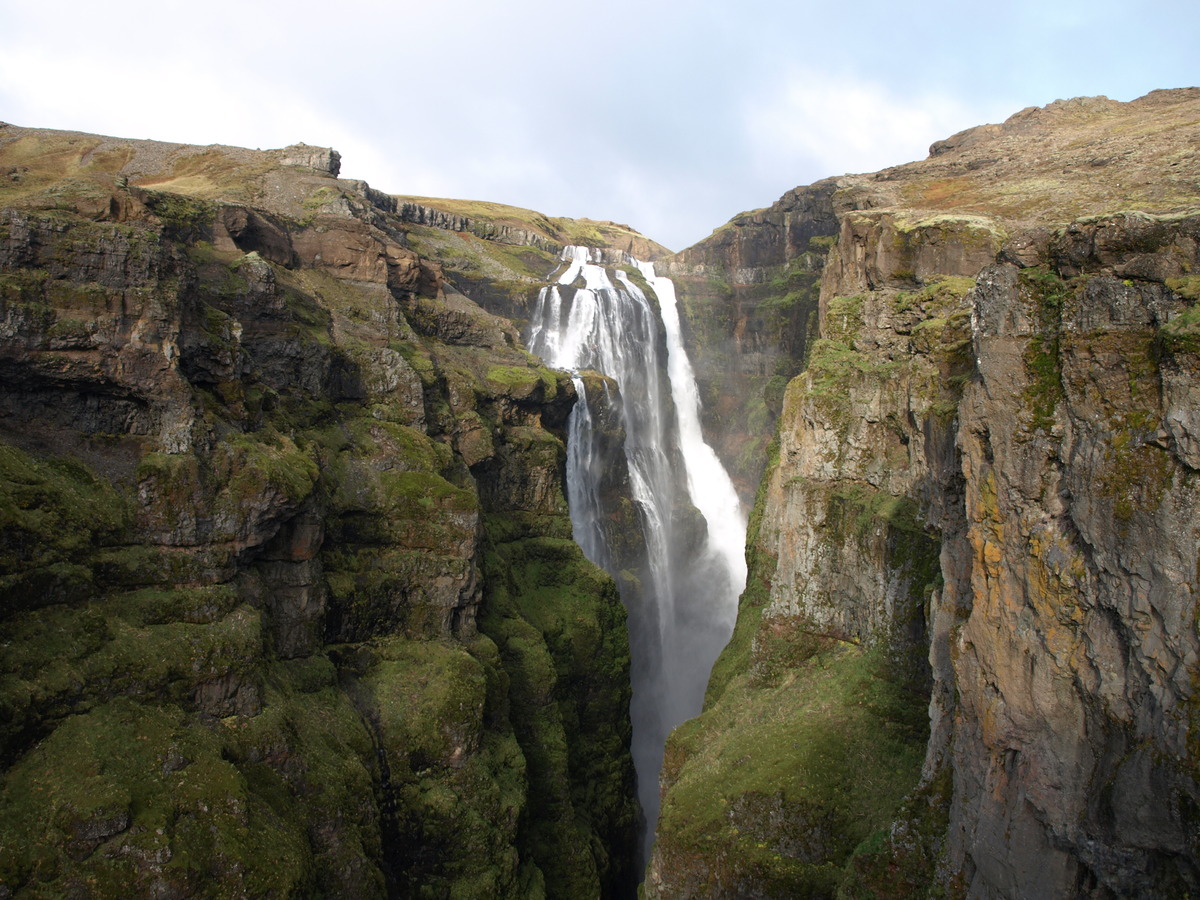
Grjótagjá
Norðurland eystra
Small lava cave with a thermal spring and hot lake inside. Earlier the lucid water in the cave was suitable for bathing but from 1975 to 1984 the temperature of the water in it exceeded 50° C.
Hvítserkur
Norðurland vestra
Amazing, 15 m tall cliff in the sea. This narrow cliff has two natural arches carved by the sea wave action.
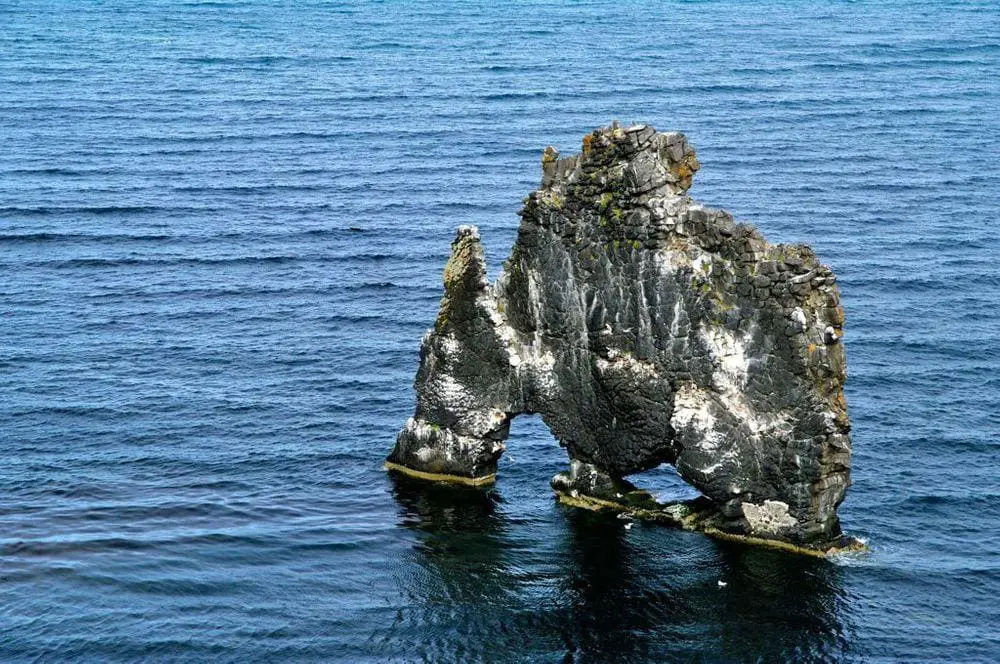
Dynjandifoss
Vestfirðir
A cascade of beautiful waterfalls, total height – 100 m, width above – some 30 m, below – up to 60 m. Several more waterfalls follow below these falls.
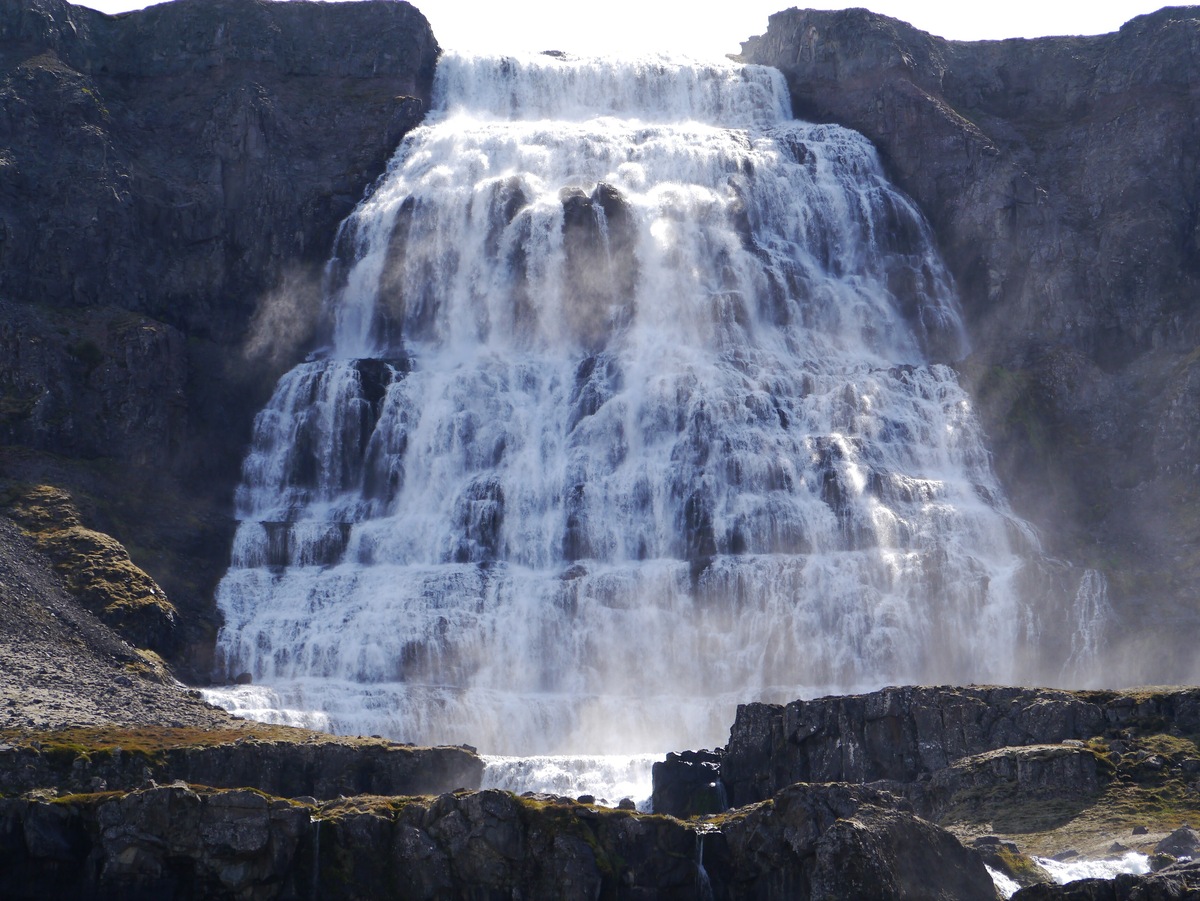
Námafjall Geothermal Area
Norðurland eystra
Large, colorful geothermal field with boiling mud pots, solfataras, and sulfur deposits. Once an important mine of sulfur for medieval Europe.
Víðgelmir
Vesturland
Largest (by volume) lava tube cave in the world. 1,585 meters long cave, with a volume 148 000 m³. Contains ice formations, and evidence of habitation, possibly from the Viking Age.
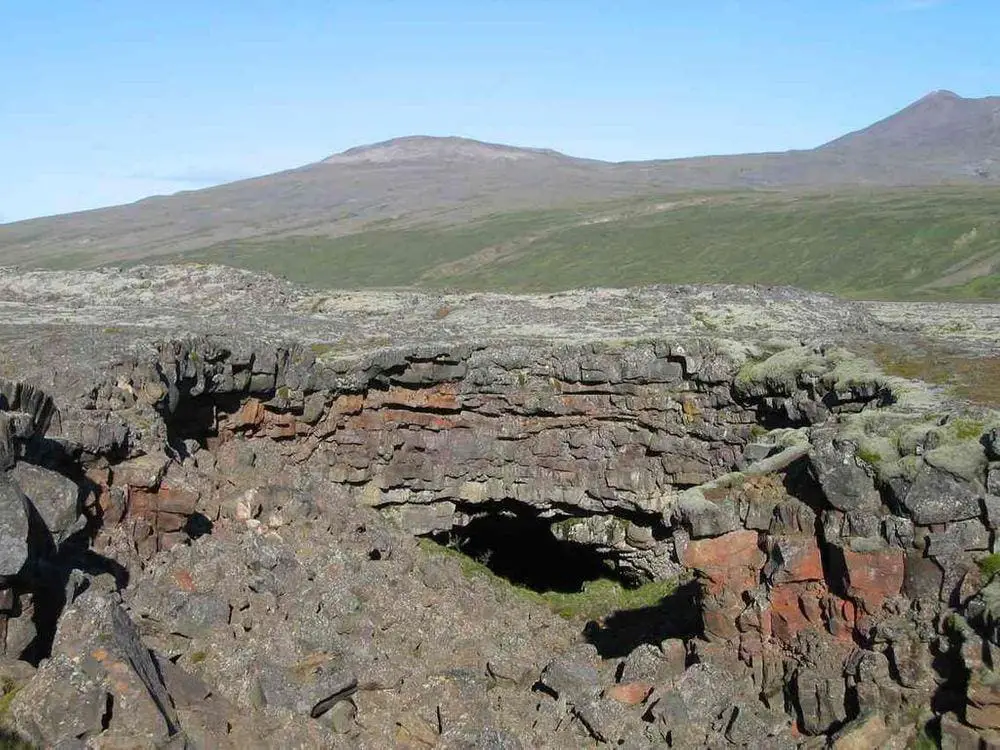
Laki fissure vent
Suðurland
Volcanic fissure – a clearly visible fissure – that in 1783 – 1784 was the site of one of the largest and most destructive eruptions in modern times. The eruption was coming simultaneously from 130 craters.
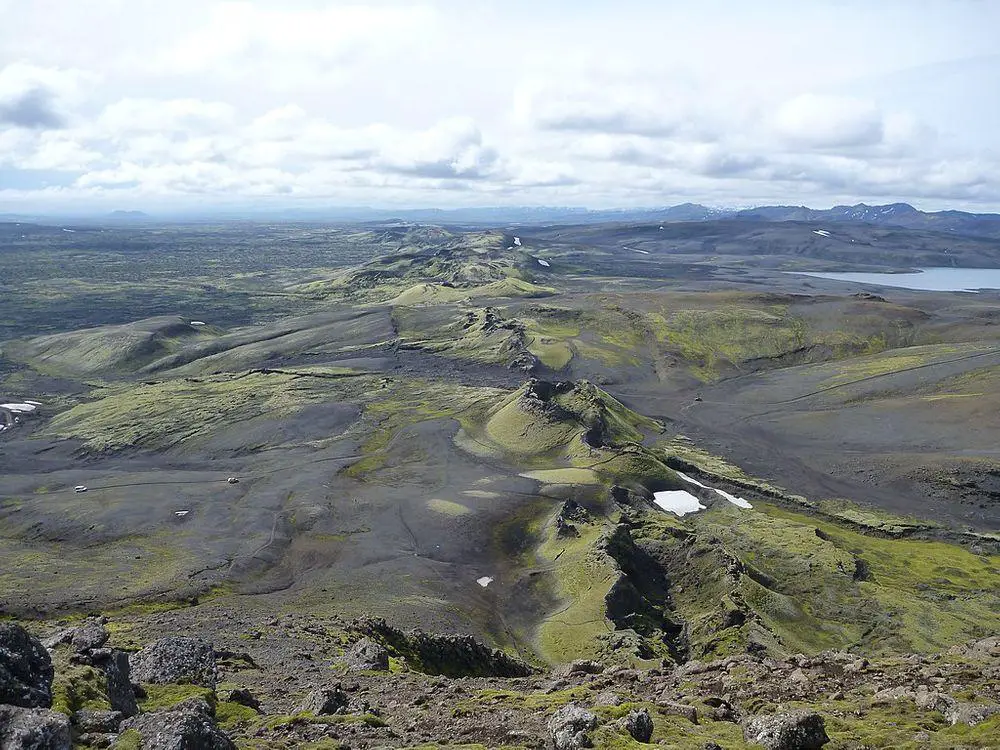
Architecture wonders of Iceland
Hallgrímskirkja
Höfuðborgarsvæði
The best known monument of architecture in Reykjavík – an impressive, 74.5 m tall church, designed in Art Deco style. Constructed in 1945 – 1986.
Þingvellir (Thingvellir)
Suðurland
Unique monument of history – a site where in 930 AD was established parliament of Iceland. It acted here until 1789. The site still contains remains of numerous temporary houses made of turf and rock that were used during the two weeks of assembly.
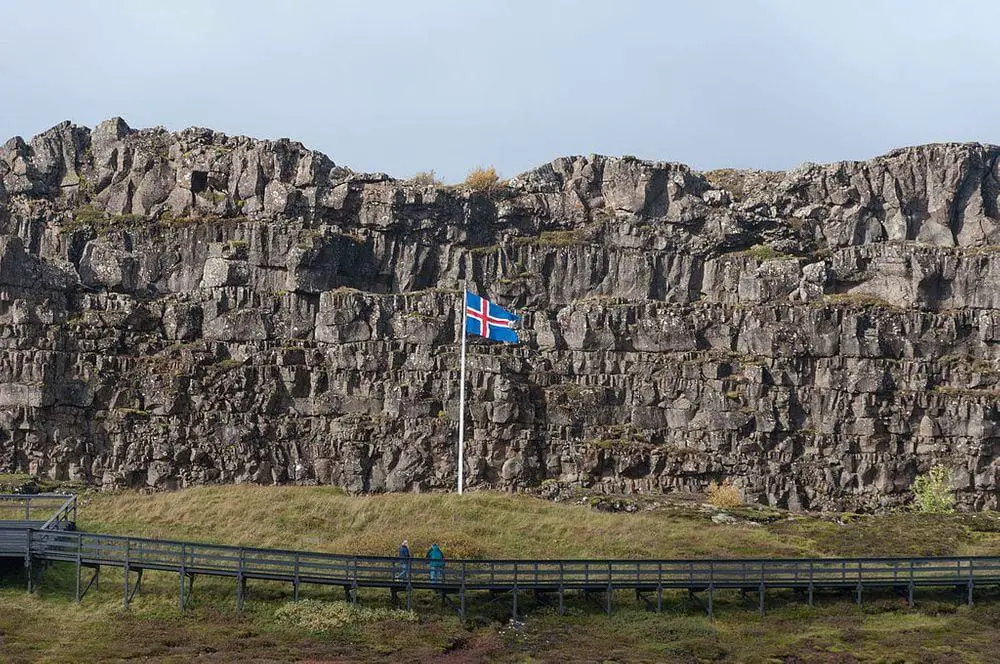
 Recommended books
Recommended books
The Rough Guide to Iceland
Now is the time to explore Iceland – tourism is booming and your króona will go further than you think. The Rough Guide to Iceland shows you the very best this exceptional country has to offer: from the party capital, Reykjavík, with its white nights and northern lights, to the newest volcanic hotspots at Holuhraun and Eyjafjallajökull. Come eye to eye with the giants of the deep on a whale watching tour, take a dip in the geothermal waters of the Blue Lagoon, or hike to the isolated highland valley of Þórsmörk.
Frommer’s EasyGuide to Iceland
Guidebooks to Iceland are currently on every list of guidebook best-sellers, and will now be joined by a powerful new entrant written by an acknowledged and heavily-published expert on the subject. He is Nicholas Gill, an outstanding journalist, whose writings on Iceland have been prominently featured in The New York Times, The Wall Street Journal, the Los Angeles Times, Food & Wine magazine, and many other notable publications.

